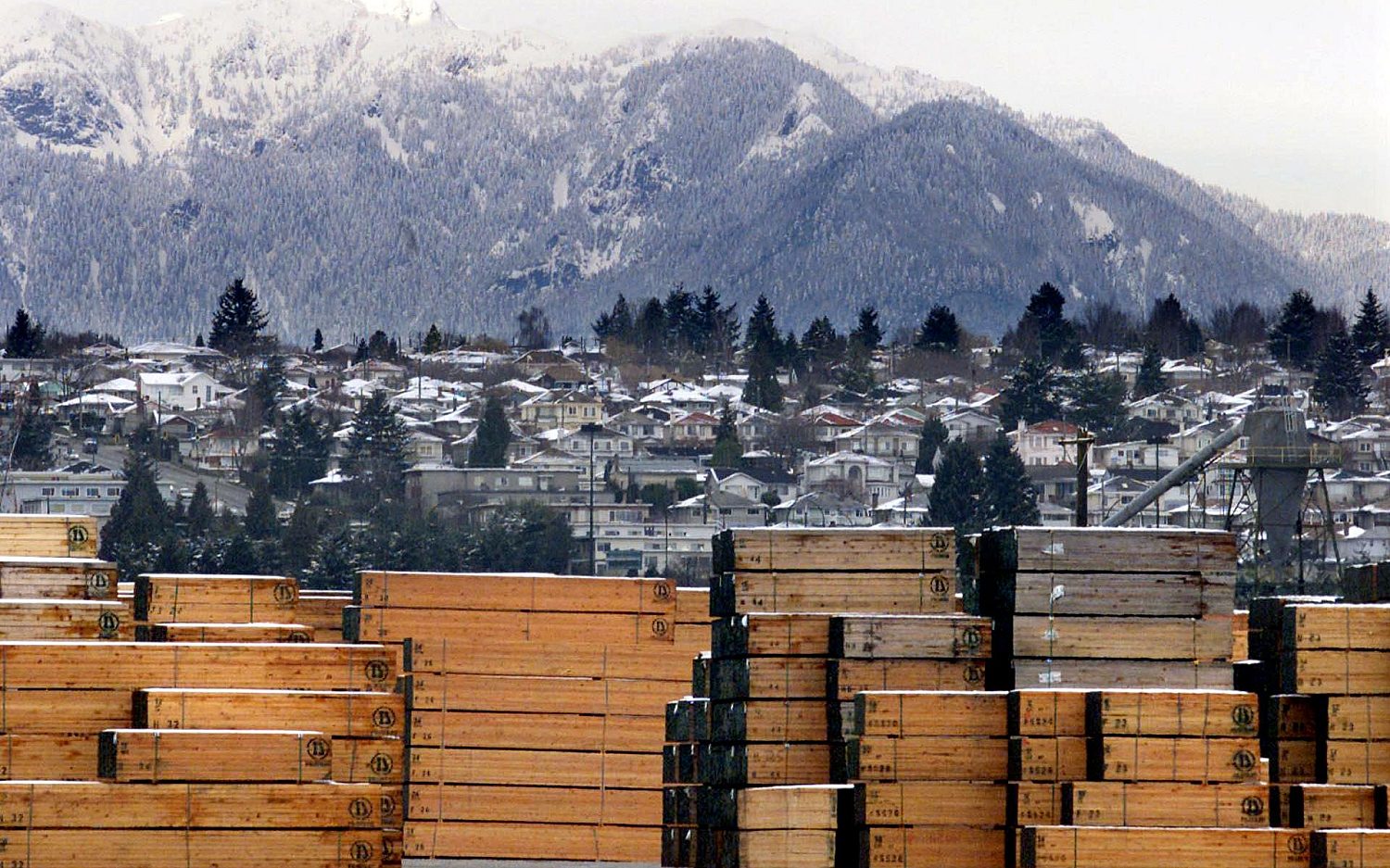Defense spending bill sparks battle over federal land
The $585 billion National Defense Authorization Act (NDAA) that passed the House on Thursday not only funds the Defense Department, but also devotes 450 pages to unrelated provisions—including the largest public land package in years.
With lawmakers trying to cram in legislation during the remaining days of the lame duck session, the NDAA designates 245,000 acres of land as wilderness,creates eight new National Parks and expands seven existing parks, and increases wild and scenic river designations. In a land swap, the bill also takes 110,000 acres out of federal ownership for economic development, such as mining, drilling, and infrastructure.
The bill, which passed 300-119 in the House, is expected to pass in the Senate this week. It will be the largest public land package since the Omnibus Public Land management Act in 2009, according to the Competitive Enterprise Institute (CEI).
“Many of these federal land lockups could never be enacted on their own if debated and voted in the light of day,” CEI’s Myron Ebell said in a statement. Sen. Ted Cruz, R-Texas, called the package an “extreme land grab” and said in a statement, “With the military’s shrinking budget, it is offensive that this bill would be used to fund congressional pork.”
Critics pointed to the government’s inability to manage so much land. Four federal agencies—Bureau of Land Management, U.S. Forest Service, U.S. Fish and Wildlife Service, and National Park Service—currently control 623 million acres of land, most of which is in the West. As of 2011, the Government Accountability Office found that the Department of the Interior has a maintenance backlog of between $13.5 billion and $20 billion.
Areas that are designated wilderness are the most restricted: Roads, vehicles, and permanent structures are prohibited, along with logging and mining. Robert Gordon of the Heritage Foundation said the designation makes it “very difficult for all but a few people to enjoy.” Trails can’t be improved, and management of forest fires and infestation is difficult. So far, nearly 110 million acres of federal land is designated wilderness, a number that has grown every year since the Wilderness Act passed in 1964.
At the same time, Utah has given the federal government until Dec. 31 to hand over 31.2 million acres of federal land to the state. In 2012, Utah Gov. Gary Herbert signed the Transfer of Public Lands Act to demand control of the land, claiming the state could better manage and maintain it. With the government’s latest move to expand rather than relinquish land, Utah likely will face a long fight in the courts.
Caren Cowan, executive director of the New Mexico Cattle Growers Association, believes the land package is an example of more federal overreach in the West.
“This is a continuation of the governance by blackmail,” Cowan said. “The national defense authorization is vital to our nation and those who serve in the military. It should not be used as a bargaining chip for land grabs. Working on land packages in this manner is a disservice to the land and the people who enjoy it.”
The Associated Press contributed to this report.
An actual newsletter worth subscribing to instead of just a collection of links. —Adam
Sign up to receive The Sift email newsletter each weekday morning for the latest headlines from WORLD’s breaking news team.





Please wait while we load the latest comments...
Comments
Please register, subscribe, or log in to comment on this article.